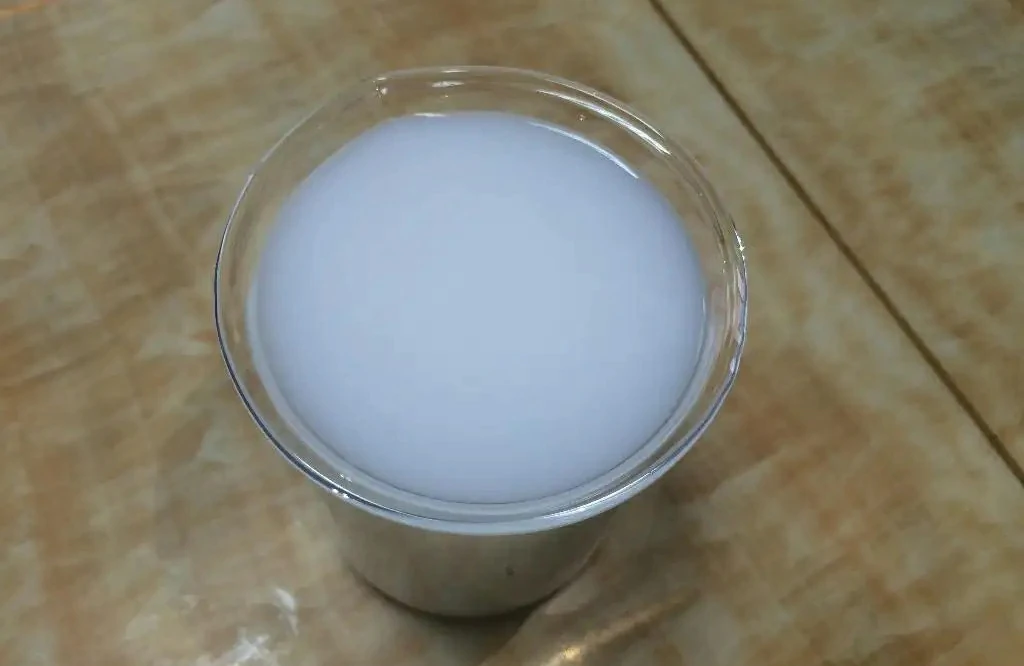Silicone surfactants are a very important branch of surfactants, which possess the temperature and weather resistance, dielectric properties and biocompatibility of silicone products, but also exhibit characteristics such as low surface tension and good wettability. One end of silicone surface activity is silicone oil and the other end is polyether. The two are bridged by allyl and other groups, and various types of products can be prepared by adjusting the length of silicone oil and polyether. Silicones are used in a large number of applications such as polyurethane foams, textile finishing agents, crop protection, coatings and personal care, and are very important fine chemical products.

Polyurethane
PU hard foam is widely used in building facades, refrigeration equipment, pipeline transportation and other scenes, as heat insulation materials, with light quality, low thermal conductivity, good heat resistance, aging resistance, easy to bond with other substrates, burning does not produce melt entropy and other beneficial properties. PU soft foam is mostly open-hole models, with low density, good elastic response, sound absorption, breathability, insulation and other properties.
Silicone surfactants are the most important foam conditioning agents in the production of polyurethane foams
Textile
Compared with other silicone finishing agents, block silicone oil has the characteristics of self-emulsifying and non-bleaching oil, and its handfeel is far better than other finishing agents after being used on synthetic fibers, especially fleece fabrics, such as coral fleece, non-reverse fleece, cut loop fleece, and long fleece.
Crop protection
Silicone synergists can improve the properties of spray solutions and enhance the targeting, penetration or target protection of active ingredients. Pesticide synergists can be added within formulations or used in barrel mixes with other agrochemicals.
Coatings
Silicone additives can improve the production process of coatings, maintain the storage stability of coatings, improve its construction process, improve product quality, give coatings some special features, has become an indispensable component of coatings. Adding silicone leveling agent can greatly improve the following defects of the paint: brush marks, hang, pinholes, orange peel
Personal Care
In cosmetics, polyether silicone oil can be used as a conditioning agent to improve the combability of hair, and also has a dust-proof, anti-static effect. In addition, it has a stabilizing effect on foam, making the skin smoother and softer.
Allyl alcohol – the unsaturated alcohol with the shortest carbon chain – can react rapidly between its primary hydroxyl group and epoxy group for ring-opening polymerization; at the same time, the unsaturated bond of allyl alcohol is located in the alpha position, making the silicone hydrogen addition reaction active and more conducive to grafting silicone oil. Allyl alcohol is an essential raw material for the production of allyl polyether and allyl glycidyl ether.
*Disclaimer: The content contained in this article comes from the Internet, WeChat public numbers and other public channels, and we maintain a neutral attitude toward the views expressed in the article. This article is for reference and exchange only. The copyright of the reproduced manuscript belongs to the original author and the institution, and if there is any infringementPlease contact Jetson Chemical for deletion
